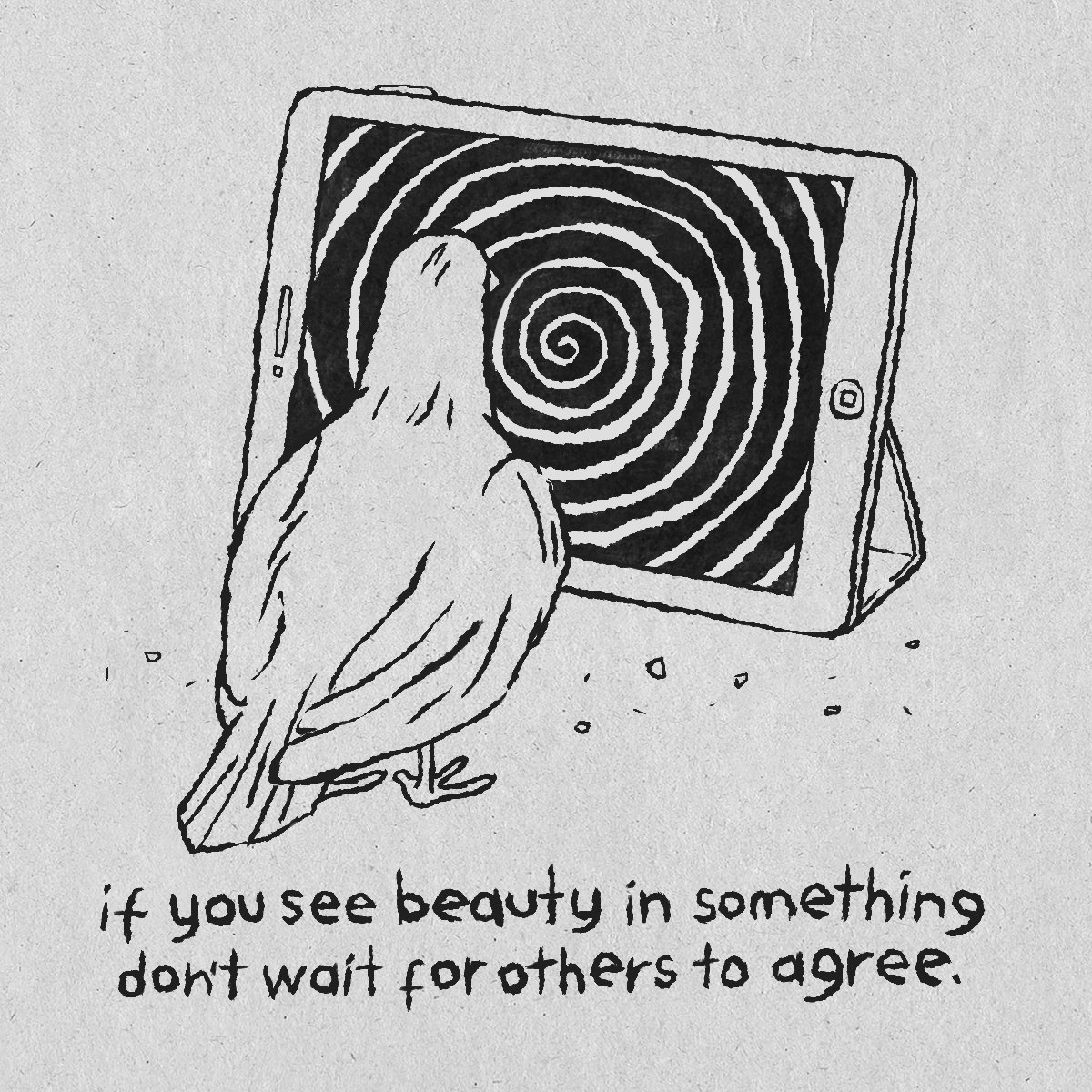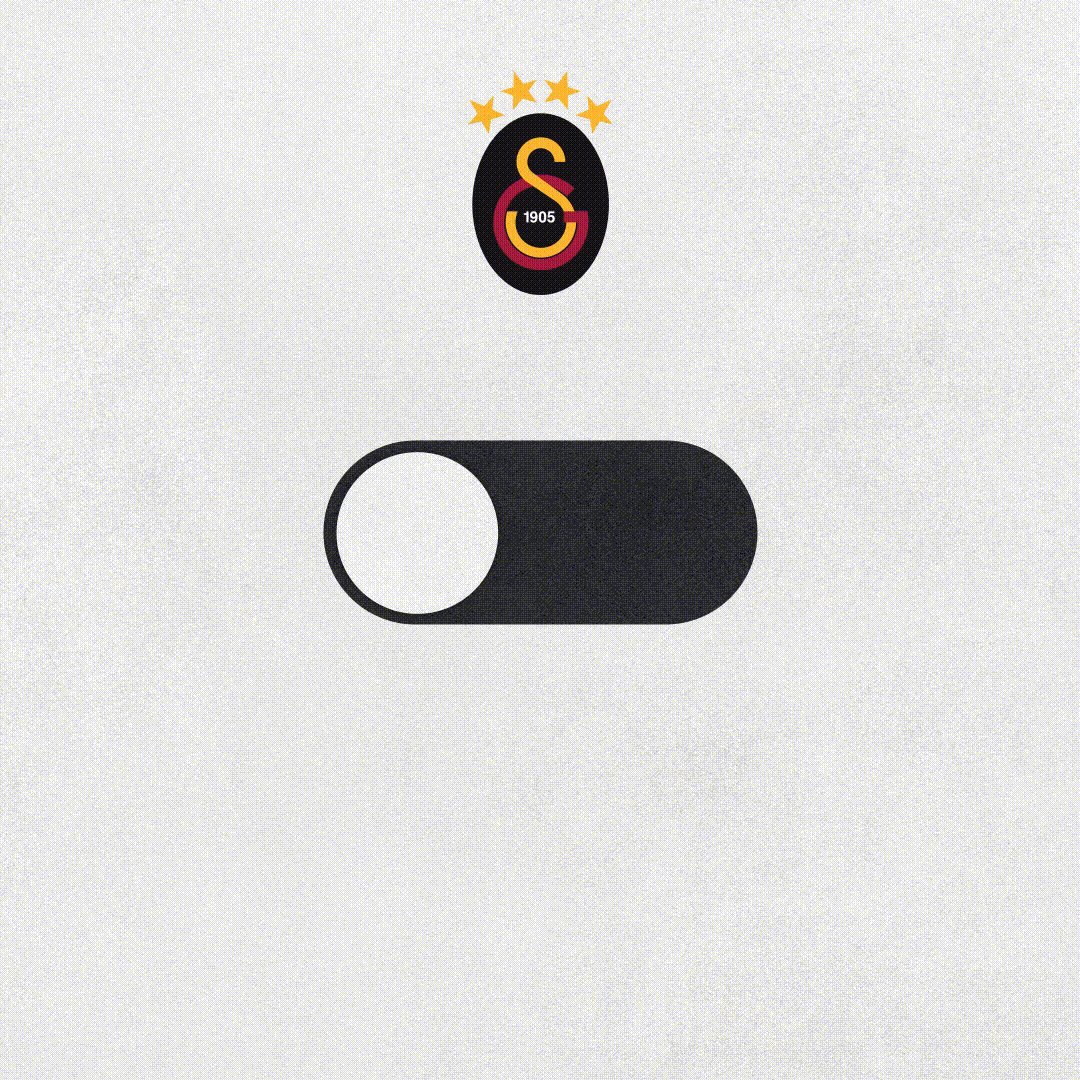Understanding @daisydrewuk - The Symbol's Story
When you see "@daisydrewuk" pop up online, whether it's on a social media feed or in an email address, that little "@" symbol does a lot of quiet work. It's a small mark, yet it points to a specific place or person in the vast connected network. This symbol helps us find exactly who or what we are looking for, making sure our messages go to the right spot.
That little circle with a tail, the one we often call the "at sign," has a really interesting past, you know. It wasn't always about sending messages or tagging friends. For a very long time, it had a different job altogether, mainly in the world of numbers and keeping track of things. So, it's almost like it had a secret life before becoming a star of the internet.
It's quite something, how a single character can hold so much meaning and history. From old paper bills to the quick chats we have today, this symbol has truly adapted. We'll look at where it came from and how it helps names like "@daisydrewuk" connect us all.
- Chick Armageddon
- How To Subscribe Chatgpt Plus Iran Payment
- Honey Toons Teach Me First Free
- Grace Sward Porn
- Alex Zedra Nudes
Table of Contents
- What Does @daisydrewuk Mean in the Digital Space?
- Identifying @daisydrewuk Online
- The @daisydrewuk Symbol's Historical Purpose
- Accounting for @daisydrewuk's Early Use
- How Did @daisydrewuk Become So Common Online?
- The @daisydrewuk Symbol in Electronic Mail and Social Connections
- What Else Does the @daisydrewuk Symbol Represent?
- Are There Other Names for the @daisydrewuk Symbol?
What Does @daisydrewuk Mean in the Digital Space?
When you come across something like "@daisydrewuk" on your screen, it's pretty clear what it's doing, isn't it? This particular string of characters, with the little "at" mark right at the start, tells us we're looking at a specific address or a unique identity. It's a way of saying, "This message is for or about this particular online spot." So, it's really a pointer, directing attention to one distinct entity among many others. Think of it as a special label that helps everyone know who's who, or what's what, when they're interacting in the digital world. It's a simple, yet very effective, way to keep things sorted and make sure communication goes where it needs to go.
The "at" sign itself acts like a little beacon, saying "here it is" or "this belongs to." It makes it possible for billions of people to have their own unique spot, whether it's for sending a note to a friend or sharing thoughts with a wider audience. Without this small but mighty symbol, finding someone like "@daisydrewuk" would be a much harder task, more like looking for a specific grain of sand on a very large beach. It gives a sense of order to the vastness of the internet, which is rather helpful, you know. This is how we distinguish one online identity from another, making sure that when someone mentions "@daisydrewuk," everyone knows exactly which profile or address they are talking about.
Identifying @daisydrewuk Online
The main job of the "at" symbol when it's part of a handle like "@daisydrewuk" is to help us find and identify someone or something online. It's a bit like putting a name tag on a person at a big gathering. When you see "@daisydrewuk," you know you are looking at a specific social media profile, or perhaps an email address, that belongs to that particular name. It helps to separate the name from the general internet address, pointing to the exact location where "daisydrewuk" can be reached or seen. This simple mark ensures that when you type out that handle, your message or search goes directly to the intended spot, rather than getting lost in the shuffle. It really is quite clever, how a single character can do so much.
- Openai Chatgpt Plus Subscription Iran Payment
- Chatgpt Pro Subscription Price Iran
- Buy Chatgpt Plus Subscription Iran
- Charlize Theron One Night Stand
- Erome Lara Rose
This symbol, when placed before "daisydrewuk," creates a unique identifier. It makes sure that even if there are other "daisy" or "drew" names out there, the one with the "at" sign is the specific one you are looking for. It's how people tag others in conversations, or how they send direct messages. The symbol tells the system, "Look for this specific account." It’s a way of saying, "This is the account for 'daisydrewuk' on this particular platform." So, it's not just a random character; it's a key part of how we organize and connect with each other in the digital world, allowing for clear and direct communication with "@daisydrewuk" or anyone else.
The @daisydrewuk Symbol's Historical Purpose
Before it became the familiar sign we see everywhere online, the "at" symbol had a very different, yet equally important, role. For a long time, it was mostly found in business papers and ledgers. Its purpose then was about numbers and money, helping people keep track of costs and quantities. It wasn't about connecting people across distances, but about making sure the books balanced and transactions were clear. This older use gives the symbol a rich past, showing how it adapted from the world of commerce to the world of computers. It’s interesting, isn’t it, how something so old can find a completely new life in modern times?
Imagine a time when all records were kept by hand. The "at" symbol was a quick way to write down a price for each item. So, if you bought seven items, and each one cost two pounds, the symbol would tell you that. It was a kind of shorthand, making it easier for people to write out bills and invoices without using too many words. This practical use meant it was a common sight for anyone dealing with trade or sales. It saved time and space on paper, which was pretty valuable back then. This historical use is still around, too, sometimes popping up in old-style grocery lists or simple receipts, which is kind of neat.
Accounting for @daisydrewuk's Early Use
In its earliest days of widespread use, the "at" symbol, the one now linked with handles like "@daisydrewuk," had a clear and very specific job: it helped with counting and pricing. It served as a quick way to say "at a rate of" in accounting and on invoices. For example, if someone bought "7 widgets @ £2," that meant seven widgets, with each one costing two pounds. This made the total fourteen pounds. It was a simple, yet very effective, way to show the unit cost of an item. This use helped businesses keep their records neat and easy to read, which was very helpful for merchants and shopkeepers. It really simplified how prices were written down, allowing for a quick calculation of the total sum.
This commercial use was its primary function for centuries, well before anyone even dreamed of electronic mail or social media profiles. It was a symbol of efficiency in the world of trade. It helped people understand pricing structures at a glance, making transactions smoother. So, while we now associate the "at" symbol with digital identities like "@daisydrewuk," its foundation was built on the practical needs of buying and selling goods. It's quite a leap, from calculating a bill for seven widgets to pointing to a person's online presence, but the core idea of "at a specific point" or "for a specific item" has, in a way, carried over. It’s a testament to how symbols can adapt their meaning over time.
How Did @daisydrewuk Become So Common Online?
It's a curious thing, isn't it, how a symbol that spent centuries in dusty ledgers suddenly became one of the most recognizable marks in the world? The "at" sign's journey to becoming a cornerstone of our online lives is quite a story. It wasn't a planned event, but rather a clever choice made by someone who needed a way to separate a person's name from their computer's address. This simple decision, made many years ago, set the stage for how we communicate today. So, it really became common because it offered a clear, simple solution to a new kind of problem. It just happened to be the right symbol at the right moment, you could say.
The shift happened when computers started talking to each other, and people needed a way to send messages to specific individuals on those machines. The "at" symbol was already on keyboards, and it wasn't used for much else in computer programming at the time. This made it a perfect fit for a new job: showing where a person was "at" on a particular computer system. From there, its use grew, spreading from early computer networks to the internet as we know it. It became the standard, almost without anyone thinking too much about it, which is rather interesting when you consider how important it is now for finding someone like "@daisydrewuk" or sending them an email.
The @daisydrewuk Symbol in Electronic Mail and Social Connections
The "at" symbol truly found its modern calling with the rise of electronic mail. When you send an email to someone, that little symbol is what separates the person's name from the place where their messages are stored. So, for an address like "name@example.com," the "at" sign tells the computer, "Send this message to 'name' at the 'example.com' location." This simple rule made it possible for people to send notes to anyone, anywhere, as long as they had an address. It's a pretty fundamental part of how email works, allowing for clear directions for every single message. It makes sure that your email to "daisydrewuk" gets to the right inbox, you know.
Then came social media, and the "at" symbol took on another very important job. On platforms like Twitter or Instagram, it lets you tag other users, drawing their attention to a post or a comment. When you write "@daisydrewuk" in a message, it directly links to that person's profile, and they often get a notification. This makes conversations much more interactive and allows people to easily connect with one another. It's a quick way to include someone in a discussion or to show that a message is specifically for them. This use has become incredibly common, shaping how we talk to each other in short bursts online. It's a powerful little tool for building connections and making sure your words reach the right eyes.
What Else Does the @daisydrewuk Symbol Represent?
Beyond its roles in accounting and online communication, the "at" symbol, the one you see with "@daisydrewuk," holds another special quality. It is what we call a logogram. This means it's a single written character that stands for a whole word or a complete idea. Think about how the dollar sign "$" stands for "dollar" or the ampersand "&" stands for "and." The "at" symbol works in a similar way; it represents the word "at" or the concept of "at a rate of" in a very compact form. This makes it very efficient, allowing for a lot of meaning to be conveyed with just one mark. It's a very neat trick, really, how one little drawing can carry so much weight.
This characteristic as a logogram is part of why it was so easily adopted for new uses. It's quick to write, quick to read, and universally understood once you know what it means. It doesn't need to be spelled out, which saves time and space, especially in the digital world where every character can count. So, when you see "@daisydrewuk," that first symbol is doing more than just pointing; it's acting as a shorthand for a location or a connection. It represents the idea of "being located at" a specific digital address. This simple yet effective nature is part of why it has become such a lasting and important part of our communication tools, which is quite fascinating, if you ask me.
Are There Other Names for the @daisydrewuk Symbol?
It might seem like everyone just calls it the "at sign" or the "at symbol," but this little mark, the one that starts "@daisydrewuk," actually has a few other names. Some people, especially those who remember its older uses, might call it the "commercial at." This name comes directly from its long history in business and accounting, where it was used to signify rates in sales and invoices. It’s a nod to its origins, reminding us that its job wasn't always about sending emails or tagging friends. So, it has a sort of formal title that speaks to its past life, which is rather interesting, don't you think?
Another, perhaps more charming, nickname for the "at" symbol is "apetail." This name is less common now, but it's a descriptive way to think about its curly shape. If you look at it, it does kind of resemble a little monkey's tail, doesn't it? This informal name shows how people have tried to make sense of its unique look over time, giving it a more playful identity. So, while "at sign" is the most widely accepted term, knowing these other names, like "commercial at" or "apetail," gives us a richer appreciation for this symbol's varied history and how people have perceived it through the years. It's a symbol with many stories, really.

Machiavelli on Twitter: "RT @johnhackerla:

Seifuku Art on Twitter: "RT @yagizout:

yorgunum on Twitter: "RT @lukasbasgan54: